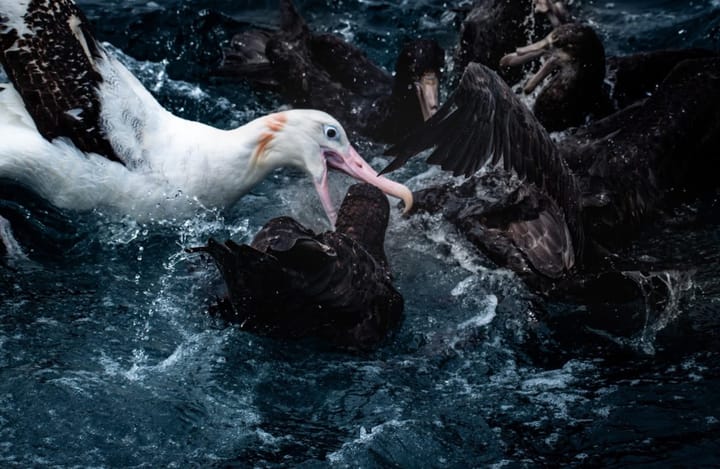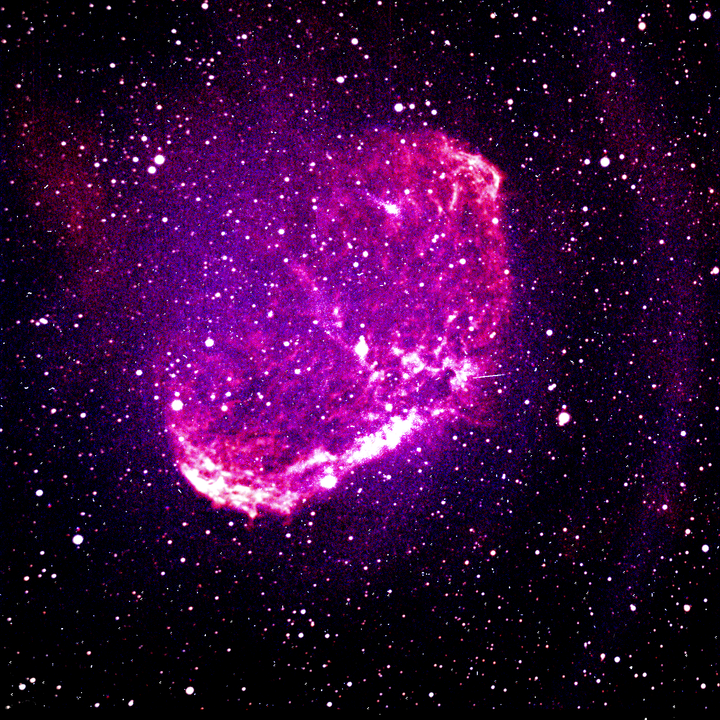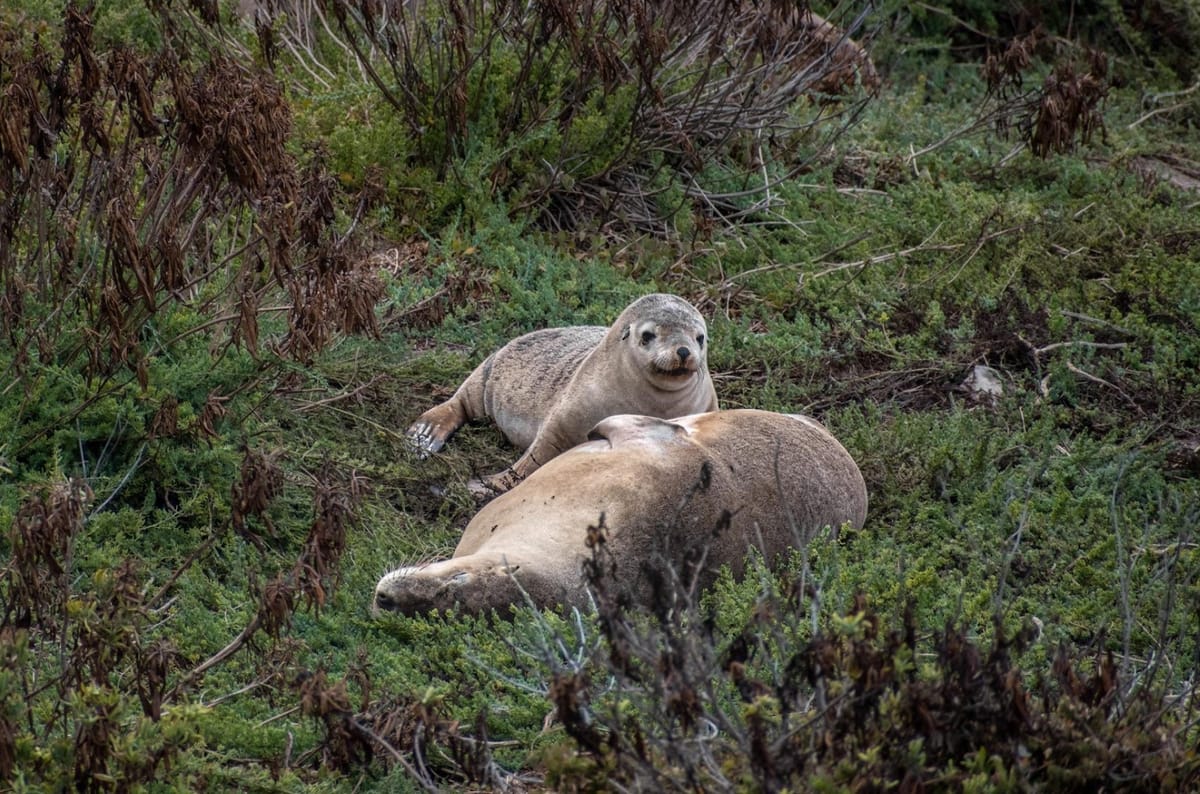We're thrilled to present Part 1 of a series of beautiful wildlife photographs taken by Olivia Binfield, an MSci Zoology student at UCL. Each photograph tells a unique story, offering a rare and intimate glimpse into the natural world.
Read next

Into the Wilderness: Part 2
We're delighted to reveal Part 2 of a beautiful series of wildlife photography taken by Olivia Binfield, an MSci Zoology student at UCL!

The Night Sky Through UCL Telescopes
From the mesmerizing patterns found in nature to the artistic beauty of microscopic organisms, science has always inspired creativity. We're therefore delighted to launch UCL Science Magazine's Creative section, a brand-new space dedicated to exploring science through photography, artwork, and creative writing by UCL students.
In


